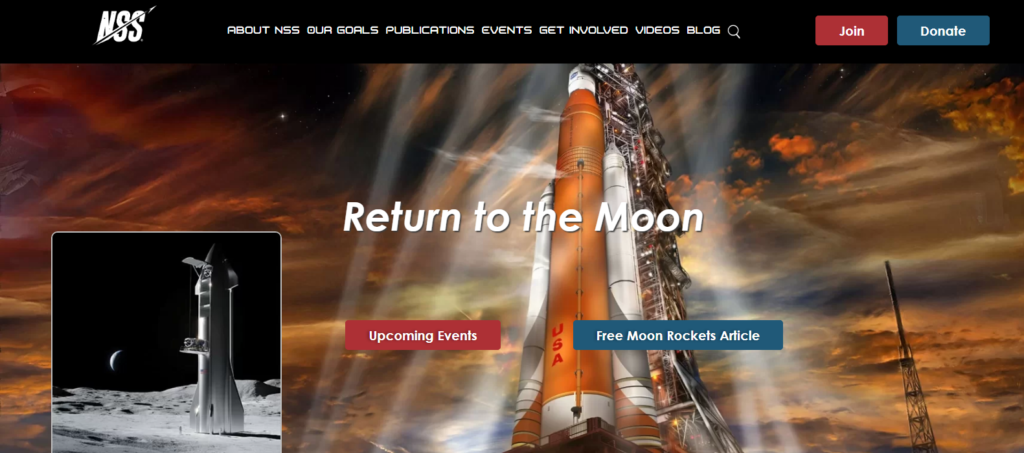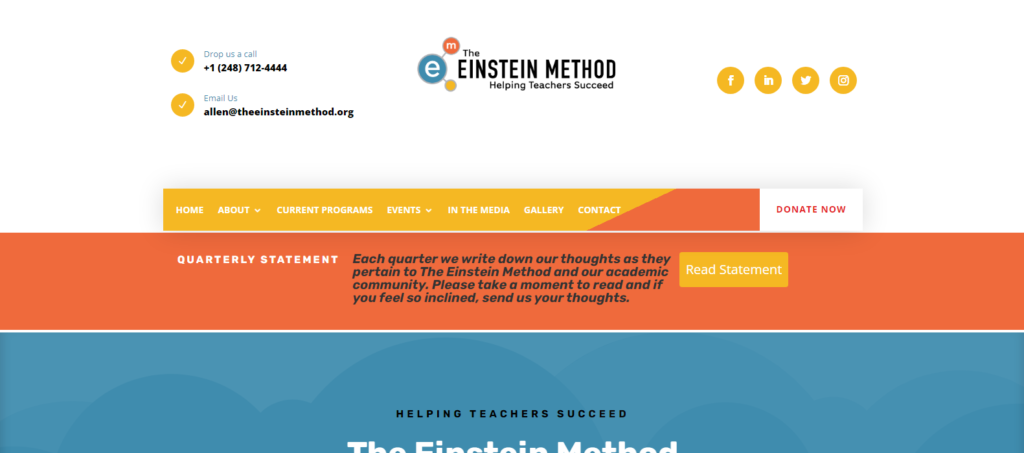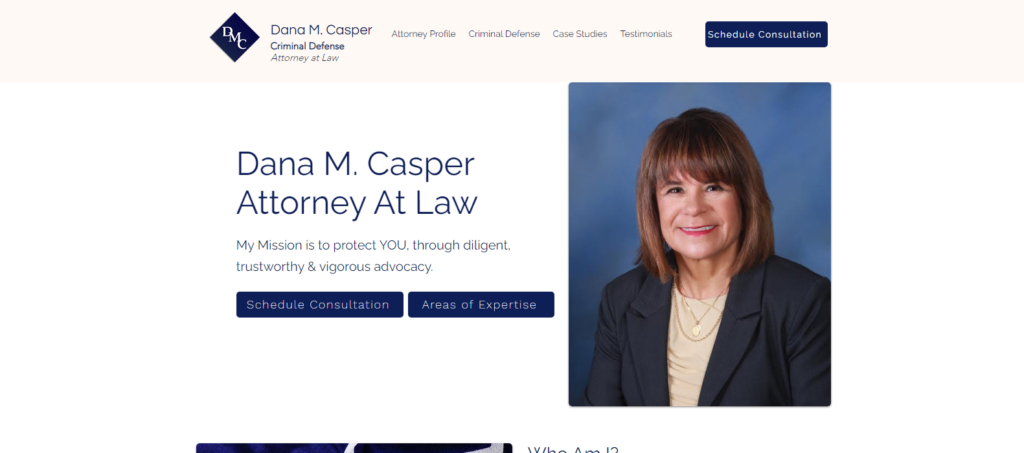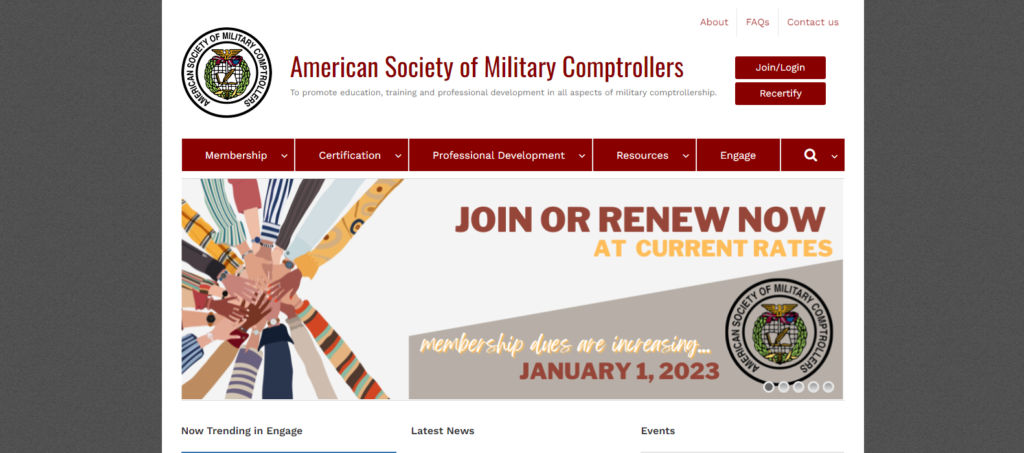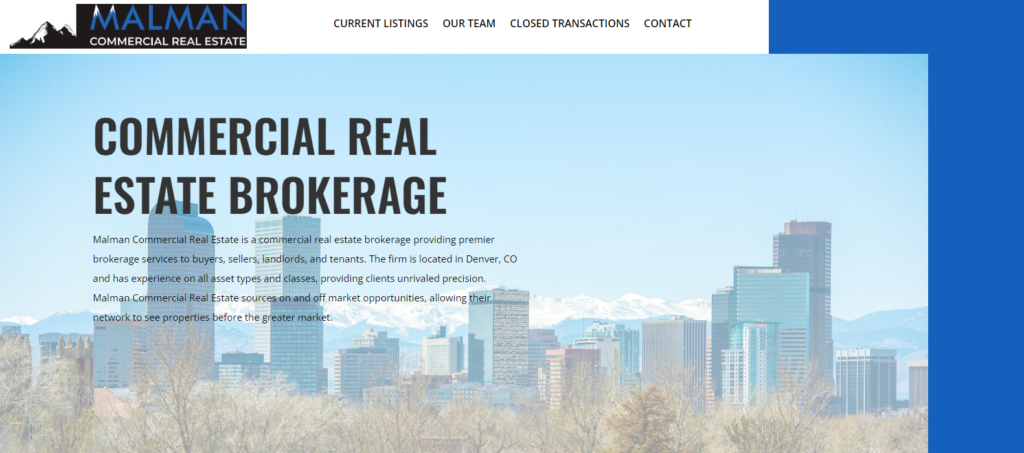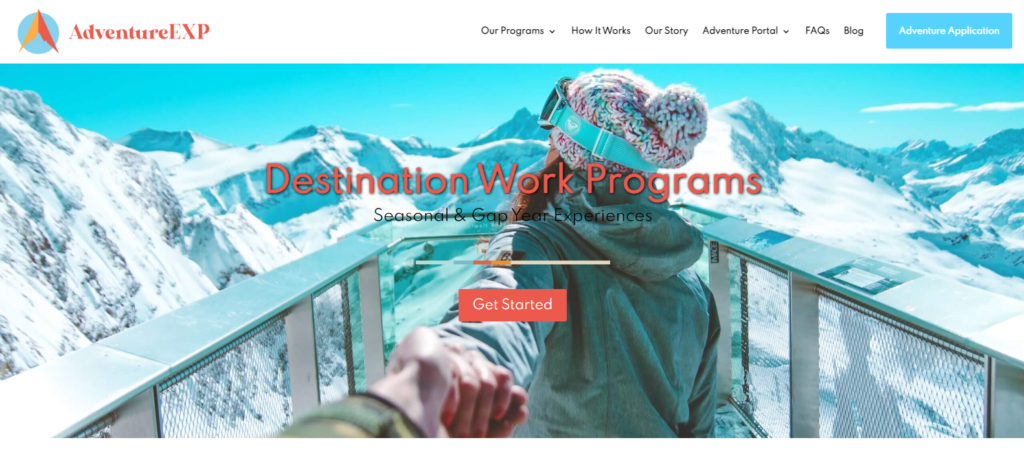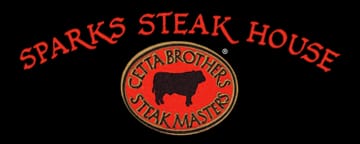Website Terminology Glossary
Crawlability
Crawlability refers to the ability of search engine crawlers to access and index the content of a website. In other words, it means that search engine bots can easily crawl through a website’s pages and understand its content to determine its relevance and ranking in search results.
Here are some examples of factors that can affect crawlability:
Robots.txt file
This is a file that tells search engine crawlers which pages or sections of a website should not be crawled or indexed. It is important to ensure that this file is set up correctly to avoid blocking important content from search engines.
XML sitemap
An XML sitemap is a file that lists all the pages of a website that should be crawled and indexed by search engines. Including a sitemap on a website can help search engine bots to easily discover all the pages of the site and ensure they are indexed.
URL structure
A clear and simple URL structure can make it easier for search engine crawlers to understand the content of a website and index its pages.
Internal linking
Linking between pages on a website can help search engine crawlers to discover and index new pages on the site.
Page load speed
If a website takes too long to load, search engine crawlers may give up on crawling it or index only a few pages. Therefore, ensuring a fast page load speed is important for crawlability and overall website performance.
Mobile-friendliness
As more and more people access websites on mobile devices, having a mobile-friendly website is crucial. A responsive website design that adapts to different screen sizes can help ensure that search engine crawlers can easily access and index a website’s content on mobile devices.
Need Help With Crawlability ?






